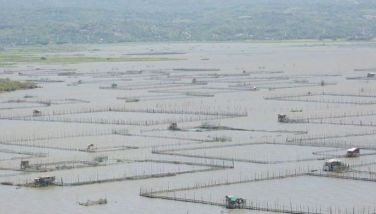DOF: Rice sector protected by tariffs

MANILA, Philippines — Local rice is still getting protection from the surge in imports through high effective tariff rate despite the removal of quantitative restrictions, the Department of Finance (DOF) said yesterday.
In his latest economic bulletin, Finance Undersecretary and chief economist Gil Beltran said the rice sector still has effective tariff protection despite the liberalization of rice importation under Republic Act 11203 or the Rice Liberalization Act. The law, which took effect March 5, is expected to cut the retail prices of rice by as much as P7 per kilo, according to economic managers.
“Rice continues to enjoy effective tariff protection not enjoyed by other sectors even with the removal of quantitative restrictions,” Beltran said.
According to Beltran, the effective protection rate (EPR) measures how much tariff protection is given to a sector relative to its value-added. He said this allows the protected sector to price its products higher than the world price.
Beltran said rice has an effective protection rate of 44.4 percent, which means that for every peso of value added, it is ‘accorded a 44.4 percent price edge over competing imports.”
He noted that rice is levied an in-quota tariff rate of 35 percent under the ASEAN Trade in Goods Agreement (ATIGA), while its inputs like fertilizers, petroleum products and pesticides, have tariffs at three percent, zero and three percent, respectively.
“The lower tariff rate on its inputs relative to the tariff on the output increases the sector’s overall effective tariff protection,” the DOF’s chief economist said.
However, Beltran noted that the high EPR for rice has made downstream industries, like hog farming, cattle farming, meat processing and canning and animal feed production “high-cost, unviable and uncompetitive,” as it makes inputs more expensive.
“This has effectively dampened the growth of demand for the staple commodity,” he said.
He said downstream industries are penalized by high input costs and therefore need to hike the prices of their goods above that of comparable imported goods, which enjoy only zero to five percent tariff under ATIGA.
As such, less protected downstream sectors need to be more efficient to survive import competition, he pointed out. – With Ding Cervantes
- Latest
- Trending


























